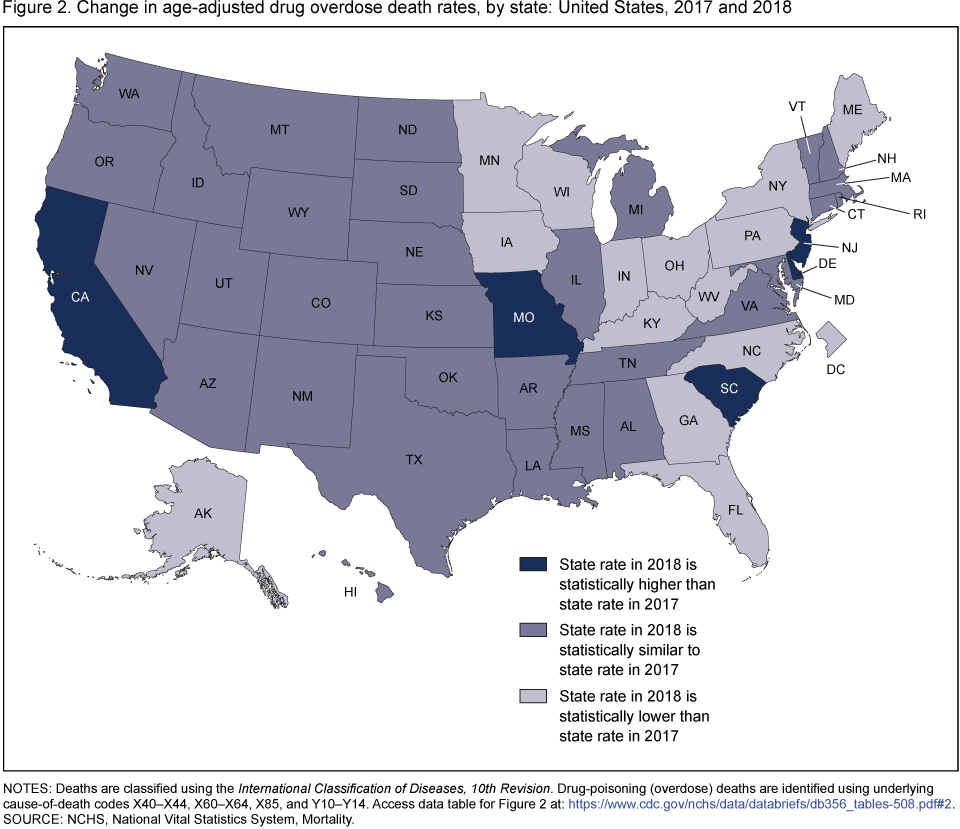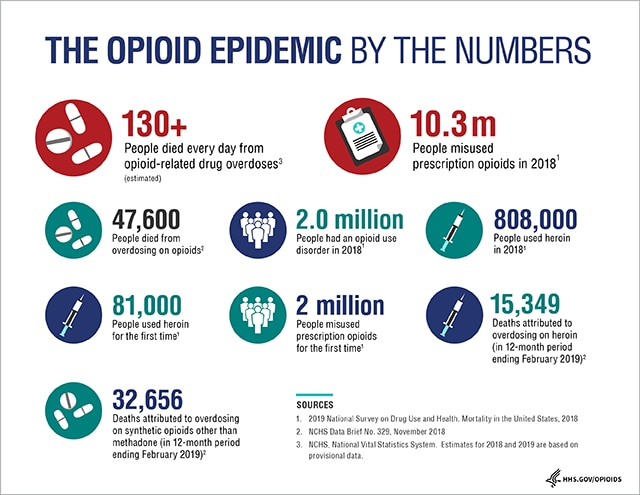Those who battle addiction every day face enough of a struggle in their normal day-to-day lives, so you can just imagine how hard it must be during the current pandemic. While addiction rehabilitation services are certainly essential institutions for those battling opioid addictions, some facilities are currently not operating or are carrying out their programs differently. The rapid changes in rehabilitation approaches caused by the current pandemic is bound to take a toll on the recovery of so many Americans.
Allegra Schorr, the President of the Coalition of Medication-Assisted Treatment (MAT) Providers and Advocates of New York State (COMPA) fears the risk of overdose the 41,000 recovery patients within the 45 recovery organizations she represents. In the state hardest hit by COVID-19, Schorr is conflicted with developing strategies to help reduce the spread of Coronavirus while preventing overdoses for patients using Medical Assisted Treatment. Schorr also worries that without the proper balance to ensure the wellbeing of those with opioid addictions during this time, overdoses could take a toll on hospital systems which are already strained due to Coronavirus. Aside from Medically assisted treatment, COVID-19 has also changed the way in which many residential rehabilitation facilities operate with many residential programs being forced to suspend the acceptance of new patients (CBS News).
In addition to the fear of those with opioid abuse disorder overdosing or relapsing during the pandemic, many fear that addicts who become infected with COVID-19 could face more serious illness. Many of the drugs that are commonly abused cause great damage to the lungs and heart of those who are addicted. With these underlying issues due to years of drug abuse, contraction of COVID-19 could mean death for many individuals regardless of prior health conditions or age. Also with stay-at-home orders active across many states, sterile needles may be inaccessible to many. This causes an additional fear of the possibility of the transmission of diseases such as HIV and Hepatitis. One huge fear that many experts also share is the fear of the lack of healthy coping mechanisms for addicts. During this pandemic, many are facing hard times, millions of people are temporarily out of work or have unfortunately lost their jobs and many are financially struggling. These stressors could cause many in recovery to relapse and drive those who are actively using illegal drugs to the point of overdose. For a population of Americans that is so reliant on a routine of rehabilitation programs for recovery, these tough times cause fear amongst so many (US News & World Report).
Many recovering addicts across the nation are now learning the grave struggles that isolation brings to their recovery. In a recent article by the Washington Post, Randy Albright, a 56-year-old recovering addict from Maryland spoke about the struggles of isolation. In this time of isolation, Albright emphasizes the importance of those in recovery lending a helping hand to one another. Albright has given his phone number to members of the support group which he is a part of and often leads sessions for and has said that he is “determined to see his recovery ‘continuing tomorrow.'” (The Washington Post)
With so many people struggling with an array of issues (mental health, addiction, financial issues, etc.) not only across our nation but worldwide, it is important that we check up on one another during these difficult times. There’s no telling when this pandemic will finally start to wind down but one thing that’s for sure is that our world will be different for quite some time in so many aspects. Check up on one another and lend a helping hand to each other, especially those who are most vulnerable.
SOURCES:
https://www.cbsnews.com/news/how-the-coronavirus-is-hurting-drug-and-alcohol-recovery/
https://www.usnews.com/news/healthiest-communities/articles/2020-04-02/coronavirus-poses-added-dangers-for-drug-users-nora-volkow-says
https://www.washingtonpost.com/health/people-in-addiction-treatment-are-losing-crucial-support-during-coronavirus-pandemic/2020/03/26/5698eae0-6ac6-11ea-abef-020f086a3fab_story.html
 .
.